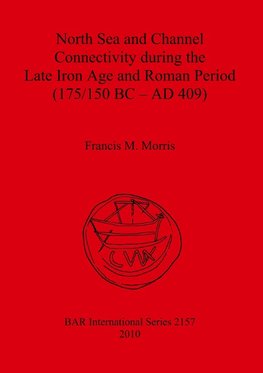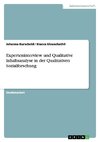
-
 Anglický jazyk
Anglický jazyk
North Sea and Channel Connectivity during the Late Iron Age and Roman Period (175/150 BC-AD 409)
Autor: Francis M. Morris
This is a major study of trade, exchange and economy in the maritime regions of northwest Europe during the Late Iron Age and Roman period (175/150 BC-AD 409). The study encompasses the regions of northwest Europe that were integrated into the Roman Empire,... Viac o knihe
Na objednávku
120.60 €
bežná cena: 134.00 €
O knihe
This is a major study of trade, exchange and economy in the maritime regions of northwest Europe during the Late Iron Age and Roman period (175/150 BC-AD 409). The study encompasses the regions of northwest Europe that were integrated into the Roman Empire, as well as those that lay in the Barbaricum, beyond the Empire's Rhine frontier. The author looks in detail at long-distance exchange goods, including: wine, olive oil and fish sauce amphorae; terra sigillata and pottery; coins; metals and metalwork; lava querns; building stone; glass; amber and agricultural products. Over 90 beautiful distribution maps and other figures are included. It is argued that three maritime exchange systems can be identified in the North Sea and Channel region: the Atlantic system; the Southern North Sea and Eastern Channel system and the Eastern North Sea system. These three systems can be distinguished from one another, though the first two in particular display considerable overlap. Geography is held to have played an important role in determining these systems and it is argued that they may endure across the longue durée. The author examines change through time and splits the study into five periods: 175/150-50 BC; 50 BC-AD 43; AD 43-165; AD 165-260 and AD 260-409. It is argued that changes in the nature and scale of connectivity are due to wider political and economic factors. For example, Caesar's Gallic Wars are held to have had a major transformative effect upon relations between Britain and the near continent. It issuggested that the eastern North Sea played an important role in the Augustan invasion of Germany, but in the aftermath of Varus's defeat there was a long phase of minimal contacts between Rome and the peoples of northwest Germany. The invasion of Britain in AD 43 led to a massive expansion in trade and exchange between Britain and the continent; however, in the late second century AD the impact of the Antonine plague and the Marcomannic Wars, and the consequent problems with the Roman money supply, began to lead to declining connectivity. In contrast, the problems experienced by the Empire in the late second century encouraged the Roman state to make political payments to, and form treaties with, tribes beyond its frontiers in the Barbaricum, which encouraged contact and trade in the eastern North Sea. From the second half of the third century AD the nature of North Sea and Channel connectivity changed dramatically as a result of the deepening internal and external crises of the Empire. Northern Gaul began to depend heavily upon Britain for its agricultural supplies, whilst Germanic peoples used the eastern North Sea to raid and settle in parts of the Empire. Britain's secession from the Empire in AD 409 caused the virtual collapse of state-contracted and private overseas trade. Finally, the author notes that the vulnerable and changeable nature of connectivity in the North Sea and Channel presents a very different picture to that of the Mediterranean, where connectivity remained at a high level continuously across the longue durée.
- Vydavateľstvo: British Archaeological Reports Oxford Ltd
- Rok vydania: 2010
- Formát: Paperback
- Rozmer: 297 x 210 mm
- Jazyk: Anglický jazyk
- ISBN: 9781407306995

 Ruský jazyk
Ruský jazyk 




 Nemecký jazyk
Nemecký jazyk 




